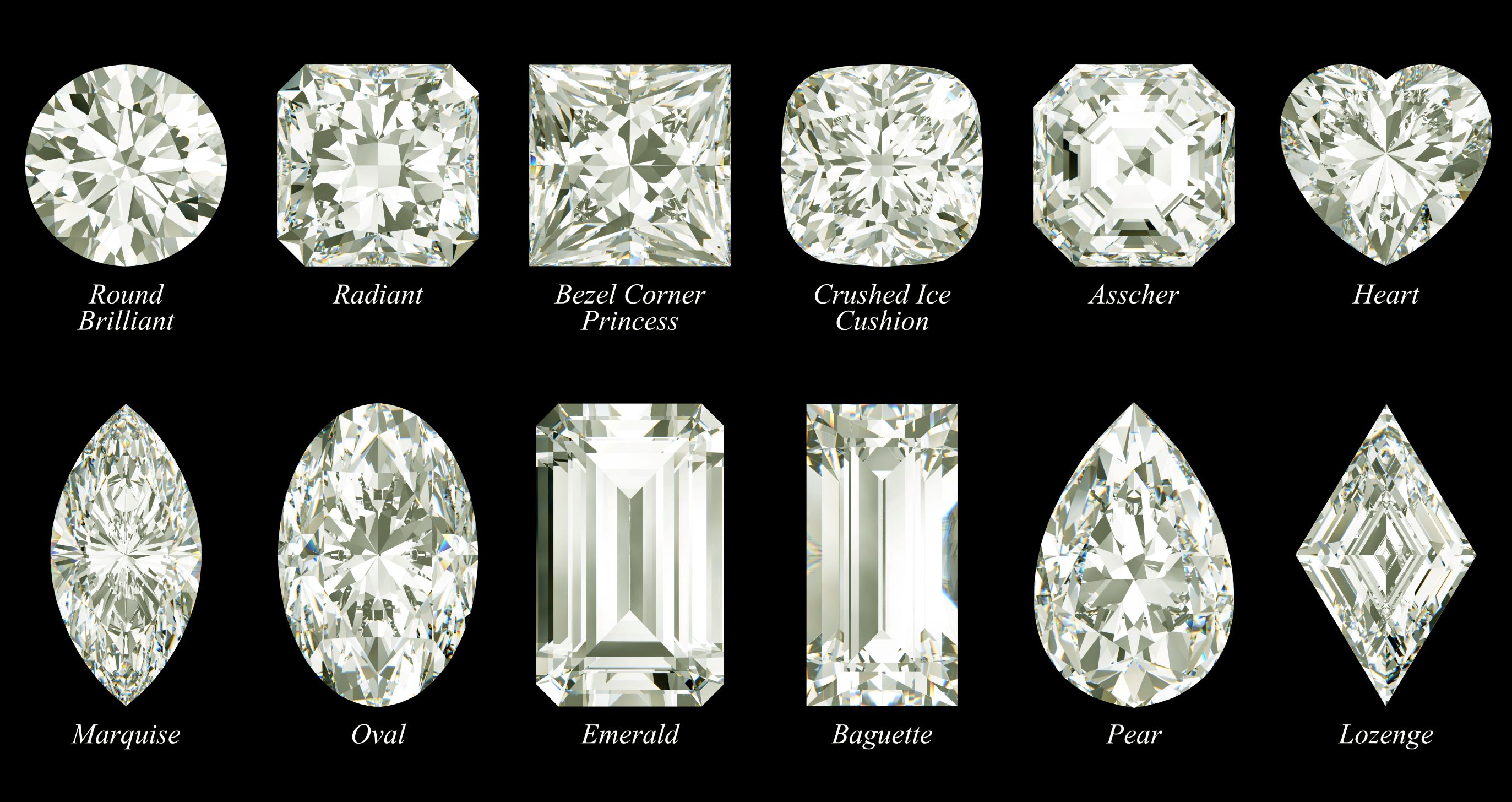How Are Lab-Grown Gems Created? “Lab grown gems
Introduction:
In the realm of gemstones, a revolutionary process has emerged, challenging the traditional methods of mining: Lab grown gems. These gems, also known as lab-created or synthetic gems, are crafted through intricate scientific procedures that mimic the natural geological processes that create gems beneath the Earth’s surface. In this exploration, we delve into the fascinating world of lab-grown gems, uncovering the methodologies behind their creation.
Understanding Lab-Grown Gems
Before delving into the creation process, it’s essential to grasp the concept of lab-grown gems. Unlike naturally occurring gems, which form over millions of years deep within the Earth, lab-grown gems are produced in controlled laboratory environments. Despite their synthetic origin, lab-grown gems exhibit identical chemical compositions and physical properties to their natural counterparts, making them indistinguishable to the untrained eye.
Seed Crystal Initiation
The journey of creating lab-grown gems commences with the selection of a seed crystal. This seed crystal serves as the foundation upon which the gem will grow. Typically, a small fragment of a natural gem or a synthetic seed crystal is chosen for this purpose. The seed crystal is meticulously cleaned and prepared to ensure optimal conditions for gem growth.
Chemical Vapor Deposition (CVD)
One of the most prevalent techniques for producing Lab created gems is Chemical Vapor Deposition (CVD). In this method, a gas mixture containing the elemental components of the desired gem is introduced into a vacuum chamber. Under controlled conditions of temperature and pressure, the gas molecules decompose, depositing atom by atom onto the surface of the seed crystal. Over time, layer by layer, the gem gradually grows, mirroring the crystal structure of its natural counterpart.
Flux Growth Method
Another prominent technique utilized in the creation of lab-grown gems is the Flux Growth Method. This method involves dissolving the raw materials of the desired gemstone in a flux, a substance with a lower melting point than the gem material. The flux solution is then heated to high temperatures, causing the gem material to crystallize around the seed crystal submerged within the solution. Through controlled cooling and crystallization processes, the gemstone gradually forms, attaining its desired shape and clarity.
Hydrothermal Synthesis
Hydrothermal synthesis stands as a sophisticated method employed in the production of lab-grown gems, particularly for gems with complex crystal structures such as emeralds and aquamarines. In this technique, a high-pressure vessel is utilized to create an aqueous solution saturated with the requisite chemical constituents of the gem. Through precise control of temperature and pressure, the solution is subjected to hydrothermal conditions, facilitating the growth of the gem on the seed crystal. Over time, the gemstone emerges, possessing the distinct characteristics of its natural counterpart.
Conclusion:
The creation of lab-grown gems stands as a testament to the ingenuity of human innovation, offering a sustainable and ethical alternative to traditional gemstone mining. Through methods such as Chemical Vapor Deposition, Flux Growth, and Hydrothermal Synthesis, scientists and gemologists have unlocked the secrets of replicating nature’s marvels within the confines of a laboratory. As technology advances and techniques evolve, the future holds boundless possibilities for the realm of lab-grown gems, reshaping the landscape of the gemstone industry for generations to come.

Recent Post
What is The Meaning of a Medusa Tattoo?
January 9, 2025
The Meaning of Encanto in Spanish and Origin
January 4, 2025
Equivalent Phrases For “Including But Not Limited To”
December 30, 2024
How To Make Weekend Greetings More Fun?
December 30, 2024
10 Modern Sayings Similar To “Be There Or Be Square”
December 30, 2024









